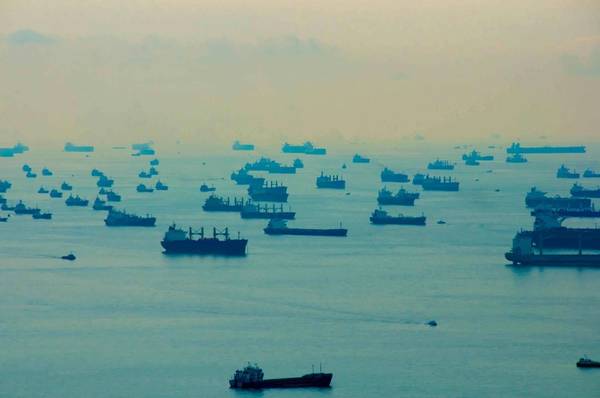
Even in 2025, port congestion remains a formidable barrier to smooth global trade. Northern European terminals—including Rotterdam, Antwerp, Hamburg, and Bremerhaven—are facing their most sustained bottlenecks since the pandemic.
Berth waiting times have risen dramatically: Antwerp is up 37%, Hamburg 49%, and Bremerhaven a staggering 77% between spring and early summer. What used to be measured in hours is now days—ships are waiting six to ten days to berth, particularly in Rotterdam, Singapore, and Cape Town. Meanwhile, barge waits of 66 to 77 hours persist at key hubs like Rotterdam and Antwerp, pushing dwell time into a prolonged crisis.
And these delays are not isolated to Northern Europe. Ports in Asia (e.g., Shanghai, Shenzhen), Africa (e.g., Cape Town), and the US (e.g., Los Angeles, New York) are seeing long anchorage queues and yard congestion, signaling truly global pressure on maritime capacity.
Port congestion isn't just about berths being full. It stems from the inherent complexity of hand-offs: terminals, ships, rail, drayage, and inland barges must all align in an imperfect system. Labor shortages, shifting schedules due to alliance reorganizations, low water levels in riverine corridors, and lack of digital coordination all amplify each other
Many supply chains are finding relief through two strategic levers:
Port congestion isn’t going away. In fact, rising trade volatility and geopolitical tensions suggest it may become a structural feature of global logistics. But the playbook is increasingly clear: spot congestion early and respond dynamically. With real-time port insights and flexible execution tools, supply chains move from reacting in crisis to operating with built-in resilience. Capacity expansion takes time; intelligent adaptability is available right now.


